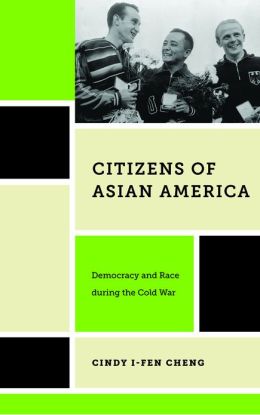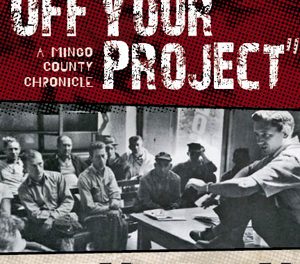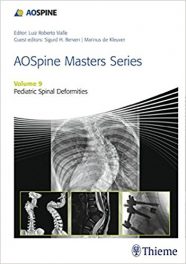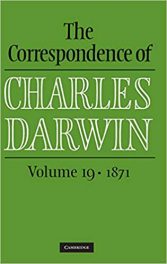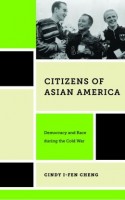 Author: Cindy I-Fen Cheng
Author: Cindy I-Fen Cheng
Publisher: New York University Press – 273 pages
Book Review by: Deekay Daulat
During the World War II and early Cold War years from 1940s to the 1960s, Soviet Union propaganda asserted that the United States government practiced racism against Asian Americans through for example the mass internment of Japanese people residing in the U.S., who were also denied the right to American citizenship through naturalization.
The Soviet propaganda campaigns also pointed out that other Asians (particularly the Chinese and Koreans) were being cast as foreign subversives and suspected Communist agents, whose activities needed monitoring, following the Communist revolution in China beginning in 1949 and the outbreak of the Korean War a year later.
But Cindy Cheng counters that America worked to ensure the rights of all, including Asian immigrants. She spells out in particular the efforts of Asians in America to successfully secure rights they were entitled to. And through such efforts, they helped America to truly become the leader of the free world.
She points out that among the civil rights Asian Americans were able to garner for themselves through advocacy during that period in history were:
- Freedom from political persecution
- Housing integration
- Improvement of ties between the U.S. and Asian countries
- Increased professional opportunities
- Liberalization of immigration policies
As a result of the collective Asian-American initiatives, the U.S. was able to more easily achieve its status in those years as the beacon of freedom, and broadcast to the world the opportunities it offers to anyone who embraces the values it stands for.
This book looks at several aspects of Americans’ and the government’s actions, attitudes and treatment of Asians living in the U.S. – particularly the Japanese, Chinese, and Koreans – during the three major events we mention above. It also looks at how such a tense situation changed with the repeal of discriminatory laws.
Among the aspects of this issue of racial discrimination – that affected Asians during those tense years – relate to legislation, living, integration, and rights. Accordingly, the Introduction, the five chapters, and the Conclusion dealing with these matters are entitled:
- Introduction: Asian American Racial Formation and the Image of American Democracy
- 1. Legislating Nonwhite Crossings into White Suburbia
- 2. Living in the Suburbs, Becoming Americans
- 3. Asian American Firsts and the Progress toward Racial Integration
- 4. McCarran Acts Persecutions and the Fight for Alien Rights
- 5. Advancing Racial Equality and Internationalism through Immigration Reform
- Conclusion: Cold War America and the Appeal to See Past Race
A lot of hard work by Cindy Cheng has apparently gone into producing this work, as reflected by a lengthy list of materials used for research in the Notes section (36 pages) and a Bibliography (14 pages). This is also a well thought-out book on a topic on which not much literature is available. So from that perspective, Cindy Cheng deserves credit for being a pioneer by filling an important gap of historical knowledge about Asians in the U.S.
Cindy I-Fen Cheng is Associate Professor of History and Asian-American Studies at the University of Wisconsin-Madison, where she teaches Asian-American history and culture and Cold War culture.

